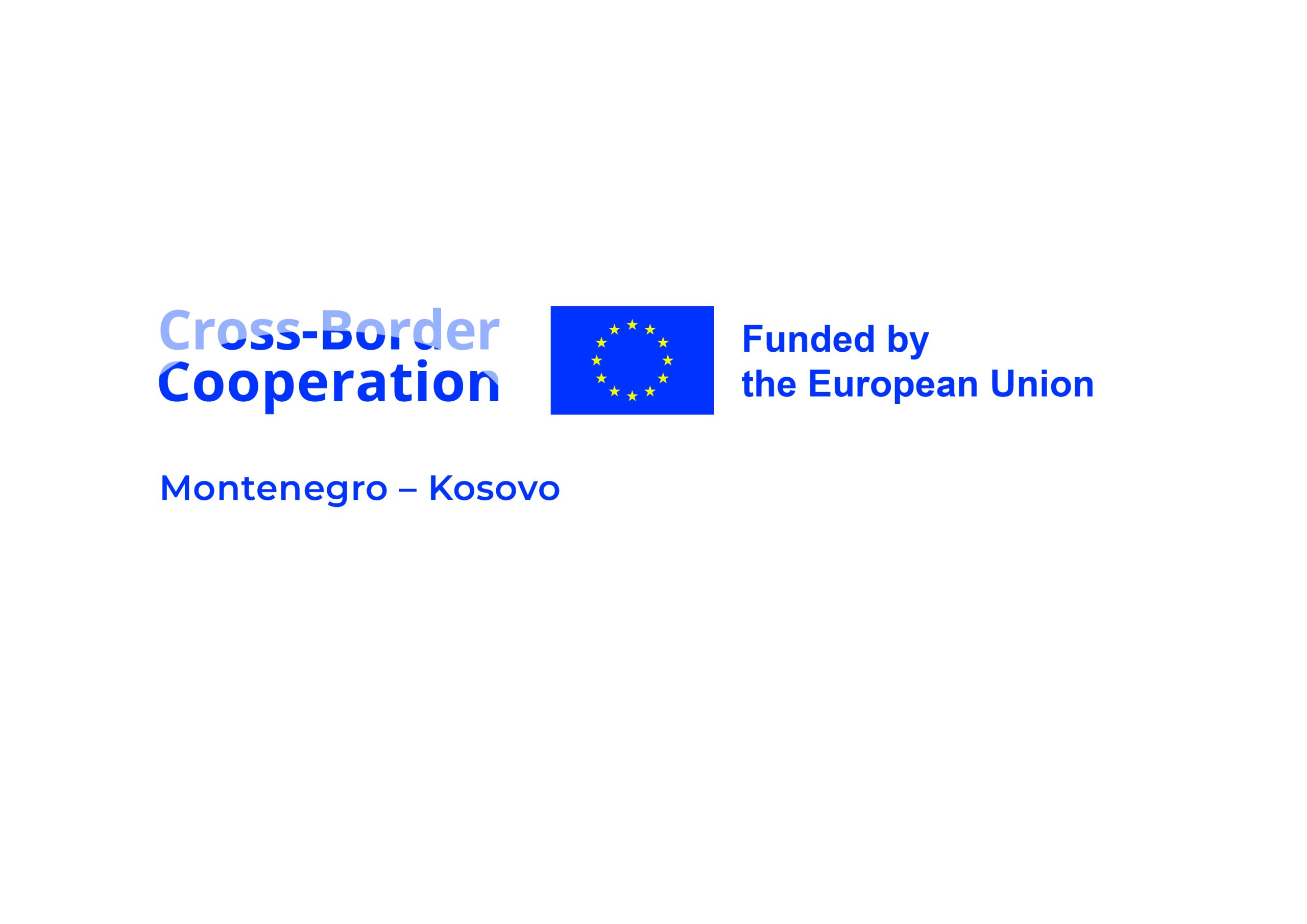| Increased cross border employment of youth and vulnerable people |
Result 1: The conditions for increased employability and self-employability of youth and vulnerable groups are improved in the cross border area, linked with national and regional strategies and actions. |
Cross-border know-how and good practice exchange among relevant stakeholders to address labour market issues with the following indicative actions:
• cross-border exchange between local authorities addressing youth unemployment, and employment of vulnerable groups with new innovative solutions (e.g. apprenticeship, mentoring, on the job training, internship);
• cross-border exchange between labour market institutions on the matters of improving the quality of their services for youth and vulnerable groups;
• know-how and exchange of experience among stakeholders across the border on ICT skill development, languages, etc.
• good practice exchange in vocational schools tailored to market needs in the region (e.g. ICT, agricultural production, food processing).
Joint strategy/action plan development addressing the cross-border labour market access of young people and vulnerable groups. Indicative actions could be:
• linking cross-border action plans with national strategies focusing on labour market development and skill development of youth and vulnerable groups;
• joint action plans to improve the quality of labour market services and promote cross border cooperation, specifically on vulnerable groups;
• joint development of curricula and training plans addressing ICT literacy, language barriers, environmental protection, natural heritage, disaster management, etc;
• joint elaboration of topics that can be addressed in vocational training and lifelong learning programmes to prepare youth and vulnerable groups for the labour market.
Joint actions including small-scale investments with the following indicative actions:
• joint events to support matching (e.g. between youth and business sector across the border), joint entrepreneurial events between young people across the border;
• investment in equipment to support entrepreneurship and business development for young entrepreneurs;
• introduction of good practices in vocational schools tailored to market needs;
• fostering cooperation between educational institutions and business entities (e.g. internships, apprenticeships);
• joint actions to support SMEs and enterprises to employ young people and vulnerable groups (e.g. developing mentoring programmes).
Training and skill development with the following indicative actions:
• training and skill development on ICT to boost the competitiveness of businesses in the cross-border area and facilitate their access to international markets;
• training and development of entrepreneurial skills to increase the self-dependence of youth and vulnerable groups in the CB area (e.g. access to public procurement);
• training and skill development to prepare young people for new/emerging markets and sectors such as circular economy in the cross-border area;
• training and skill development to prepare young people for future challenges caused by climate change and its environmental consequences in the cross-border area (e.g. environmental protection, disaster management).
|
Outcome
• Number of joint strategies and action plans implemented by organisations (Baseline 2021: 0 - Target 2029: 5)
• Percentage of vulnerable groups, youth and businesses claiming that the quality of new/upgraded services has been improved (disaggregated by sex and between youth and vulnerable group) (Baseline 2021: 0 - Target 2029: > 80%)
• Number of people with increased employment and self-employment competences and skills (on ICT, language, entrepreneurship, disaster management, environmental protection, etc.) disaggregated by sex and between youth and vulnerable group) (Baseline 2021: 134 (54% youth, 42% women) - Target 2029: 300 (50% youth, 30% women))
Output
Number of joint action plans developed addressing common problems in terms of youth/vulnerable group unemployment (disaggregated by sex and between youth and vulnerable group) (Baseline 2021: 0 - Target 2029: 5)
Number of new/improved joint local employment projects supporting youth and vulnerable groups (Baseline 2021: 0 - Target 2029: 5)
Number of joint capacity building events organised (e.g. focused on digital technologies/ICT literacy, language, environmental protection, natural heritage, disaster management, etc.) (Baseline 2021: 0 - Target 2029: 5)
Number of participants among youth and vulnerable groups attending training and skill development activities (e.g. in ICT literacy, language, environmental protection, disaster management, etc) (disaggregated by sex and between youth and vulnerable group) (Baseline 2021: 271 (all youth, 25% women) - Target 2029: 500 (50% youth, 30% women))
Number of participants among youth and vulnerable groups attending training and skill development activities for establishing their own business (disaggregated by sex and between youth and vulnerable group) (Baseline 2021: 0 - Target 2029: 100 (50% youth, 30% women))
Business start-up packs (equipment and supplies) provided to youth and vulnerable groups (Baseline 2021: 0 - Target 2029: 50)
Number of organisations participating in cross-border networks/partnerships formed under the programme (Baseline 2021: 0 - Target 2029: 100)
|


